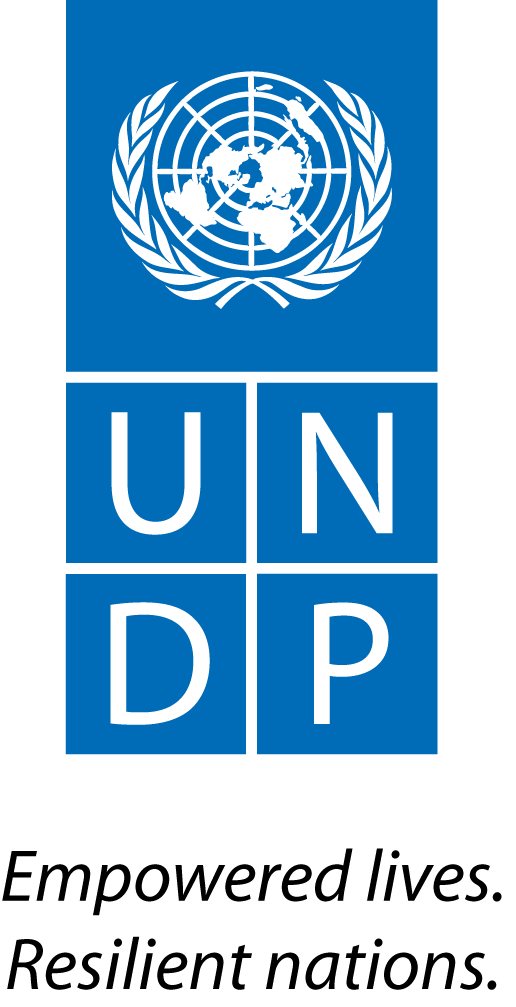LONDON - Gone are the days when carbon trade was seen as a vital policy tool to cut emissions at the cheapest cost, and not many people talk about its prospects for overtaking the oil market in terms of traded value anymore.
Its reputation has been battered by a €50 million, or $69 million, scandal over permit thefts and a €5 billion fraud in the European Union's emissions trading program, the world's largest.
The United Nations' main carbon offset market, the Clean Development Mechanism, has also been tainted by an association with land grabs and human rights abuses in poor nations.
The prospect of a second European recession in four years has compounded these woes, slamming the price of carbon emissions permits to near three-year lows.
The slump has prompted an exodus of brokers and traders and means few companies will now switch from coal to cleaner power generation or invest in zero-emissions technology, like carbon capture and storage.
Yet the idea of buying and selling pollution remains attractive, as recent events in Australia show. One-third of global emissions could be capped and traded by the end of the decade, according to some estimates, up from current levels of 6 percent.
"The carbon market is not dead," said Wolfgang Sterk, a policy analyst with the Wuppertal Institute in Germany. "It is still seen by many as the most flexible way to cut emissions. Australia and California don't care how low prices are in the E.U."
Even though the United States has no nationwide cap-and-trade program - which could have pushed carbon trading to become the biggest commodity market, at $1 trillion, by 2020 - a California program will start in 2013 with carbon prices far higher than in the existing European or New Zealand markets.
On Nov. 8, Australia passed a bill that would cap emissions and allow companies to trade permits. Other regions that have such programs in place, or legislation pending, include Japan, New Zealand, Switzerland, the European Union, 20 U.S. states and one Canadian province.
More cap-and-trade programs are on the horizon. South Korea and seven Chinese provinces are in the process of setting up their own systems, with China looking to start a national program sometime this decade. Brazil, Chile, Colombia, Costa Rica, India, Indonesia, Jordan, Mexico, Morocco, South Africa, Thailand, Turkey, Ukraine and Vietnam have all formally said they want to launch carbon-trading programs.
The appetite for carbon markets shows that cap and trade is the easiest way politically to put a price on carbon, said Bill Hare, a policy analyst with the Potsdam Institute for Climate Impact Research in Germany.
"In fact, I can't see any other way to do it. Other policies are not easier to negotiate. The carbon market may be complex, but we live in a complex world."
Alternatives to a cap-and-trade program include a carbon tax or direct regulation to cut emissions, but not many businesses like either idea.
"A carbon market is a compromise," said Andreas Türk, a researcher at Joanneum Research in Austria.
New trading systems have learned from E.U. experiences and will be stronger as a result, he said, citing as an example the Australian program's limits on price fluctuations in the form of ceilings and floors, which are set up to convince investors that the carbon market is predictable.
Generous offset limits in the Australian and California programs also could create demand for international credits and trigger a money transfer from rich countries to poorer ones.
California is expected to allow companies to use carbon credits to cover as much as 8 percent of their emissions, potentially creating demand for about 221 million offsets from 2013 to 2020.
Australia's law puts the country on par with the European Union when it comes to buying offsets from the international carbon credit market and is expected to soak up 100 million credits annually.
Price stability and offset limits could help convince investors that emission-reduction projects are worthwhile, but Mr. Türk said a lot depends on climate policy.
U.N. climate negotiators from more than 190 nations will gather in South Africa on Nov. 28 in an attempt to broker a post-2012 climate pact to cut global emissions and help poor countries adapt to climate change.
One key issue is whether to keep a homogeneous accounting system for emission cuts administered by the United Nations or to leave each country to generate its own offsets, which could lead to fragmentation.
Since the start of the Kyoto Protocol, Clean Development Mechanism credits have been widely expected to be the main global carbon currency that would link a network of global systems. The mechanism allows emission-reduction projects in developing countries to earn credits.
But nearly all of the big emitting nations have refused to extend the 1997 pact, and both the European Union and Japan, which have been the biggest investors in the Clean Development Mechanism, want to move away from a project-by-project crediting approach.
Instead, they favor a more widespread market that will generate far more emission reductions, enabling them to take deeper cuts in greenhouse gases.
Mr. Sterk, of the Wuppertal Institute, said the evolution of a Chinese carbon market could play a dominant role.
"If a national system emerges in China, depending on the design and scope, it may become the biggest in the world, and allowances in that system would then give a global price signal," he said.
Marton Kruppa and Andrew Allan are Reuters correspondents.






